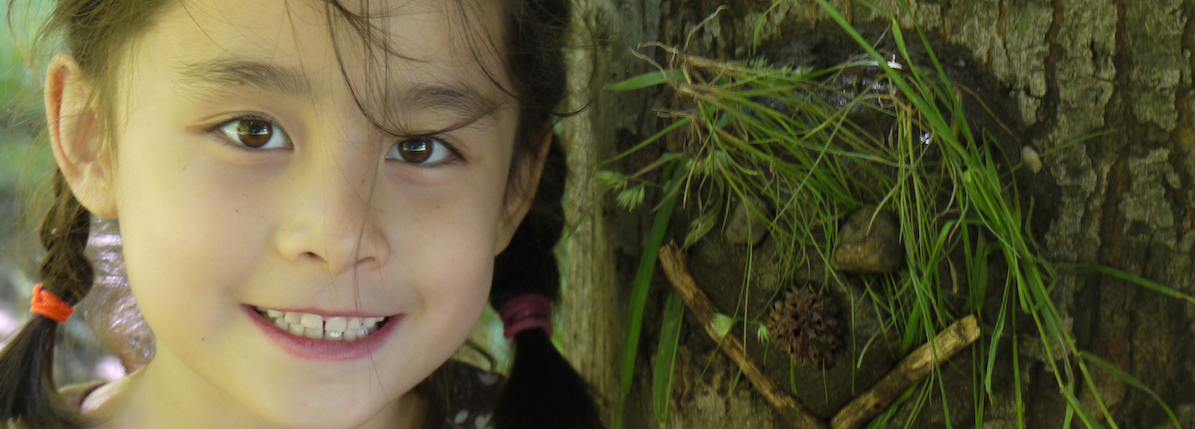I Spy with My Little iPhone
-
Age: 3 to 8
-
Time: <30 min
-
Materials: Device with a digital camera
- Skills: Communication, Making Connections, Self Esteem, Critical Thinking
iPhone Spy Activity for Kids
It’s never hard to sell time on our iPhones to our kids, but it's not always that we do so and feel like we are star parents. In fact, more often than we'd care to admit, we offer the phone when we need to buy instant quiet and/or compliance. But, when our friend handed our oldest his iPhone and challenged her to “take a picture of something yellow,” we saw just that kind of a rare chance to please her desire for technology and our need to parent. Give her a camera, some categories of things to capture, and you turn the iPhone into a powerful tool she can use to classify the world around her and to express herself.
And so it has continued, the categories getting more varied and abstract as we’ve played. She is thrilled to command the coveted device and we, both as parents and educators, feel gratified to see her use loads of language and make connections between words, objects and ideas. We also just love getting a glimpse into her thought process and see evidence that real learning is taking place—for example, we saw her set up for one shot, rethink the category and decide to take another, more appropriate shot, all at 3.5 years old. Mobile technology may neither be the panacea nor the devil, but it is powerful stuff, and it is really nice to find times when it’s unquestionably good for everyone.
The Guide
- Grab a digital camera: Bring any device or devices that contain a digital camera (e.g.smartphone, digital camera, iPad/tablet, DS, etc.).
- Go outdoors: Though this activity can be done indoors, we've done it many different ways and it consistently works better outdoors. Head into nature where the objects and forces to identify, categorize and photograph are wonderful and virtually endless.
- Offer prompts and challenges: Get the ball rolling by giving category prompts. Start off by saying something like: "I wonder if you could take a picture of something yellow?" After some immediate scrambling, you'll likely elicit a response like, "Okay, what next?!" Trust yourself, and generate some more categories. Eventually, your child may start to generate his/her own categories, showing the capacity to not only match an object with a category but think flexibly and see various kinds of relationships between objects or ideas. The younger your children, the more likely they’ll need to stick to prompts on the simpler end. But, it’s easy to underestimate our kids. So, we recommend that you build success early on by starting simple, then continue to increase the complexity until kids seem unsure (try to stop short of frustration). Once you detect their uncertainty, return to the type of prompt that gave the greatest possible challenge and riff away at that level.
- Share the collection—If you have time, upload your favorites to Flickr, Shutterfly, Facebook, Instragram (using #tinkergarten) or your blog and give this collection an audience of close family and friends.
Why is this activity great for kids?
In addition to learning how to take a picture, kids stand to learn a lot from this simple techie twist on I Spy. By matching objects to categories, even our three year olds are working towards the ability to make connections, a skill that will prove essential as kids attempt to understand complicated subjects and navigate the world. As you generate categories, you'll expose them to rich language, developing their vocabularies and setting them up to be better communicators, readers and thinkers. If you decide to share the collection together or online with friends and family, your kids can get a powerful boost to self esteem when they see their own work published and even get feedback from treasured adults and peers.



